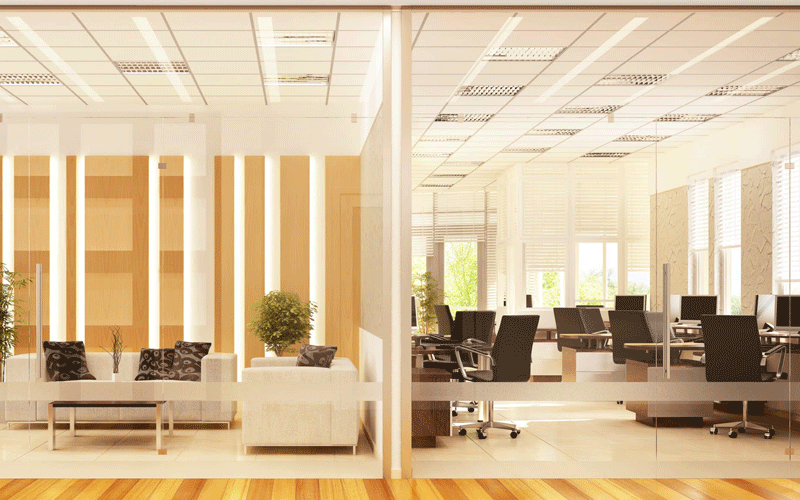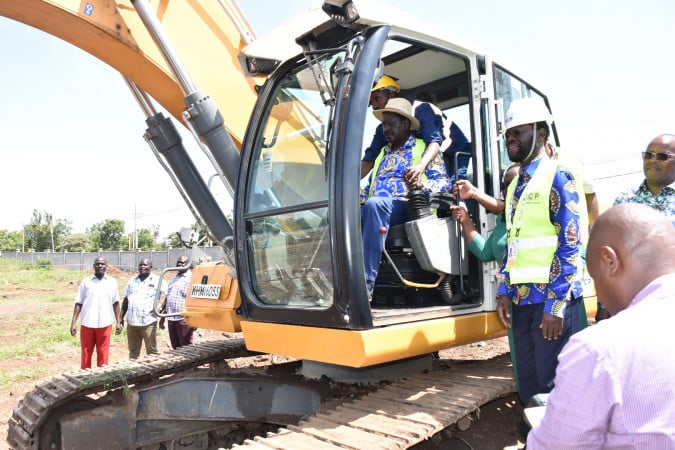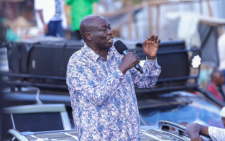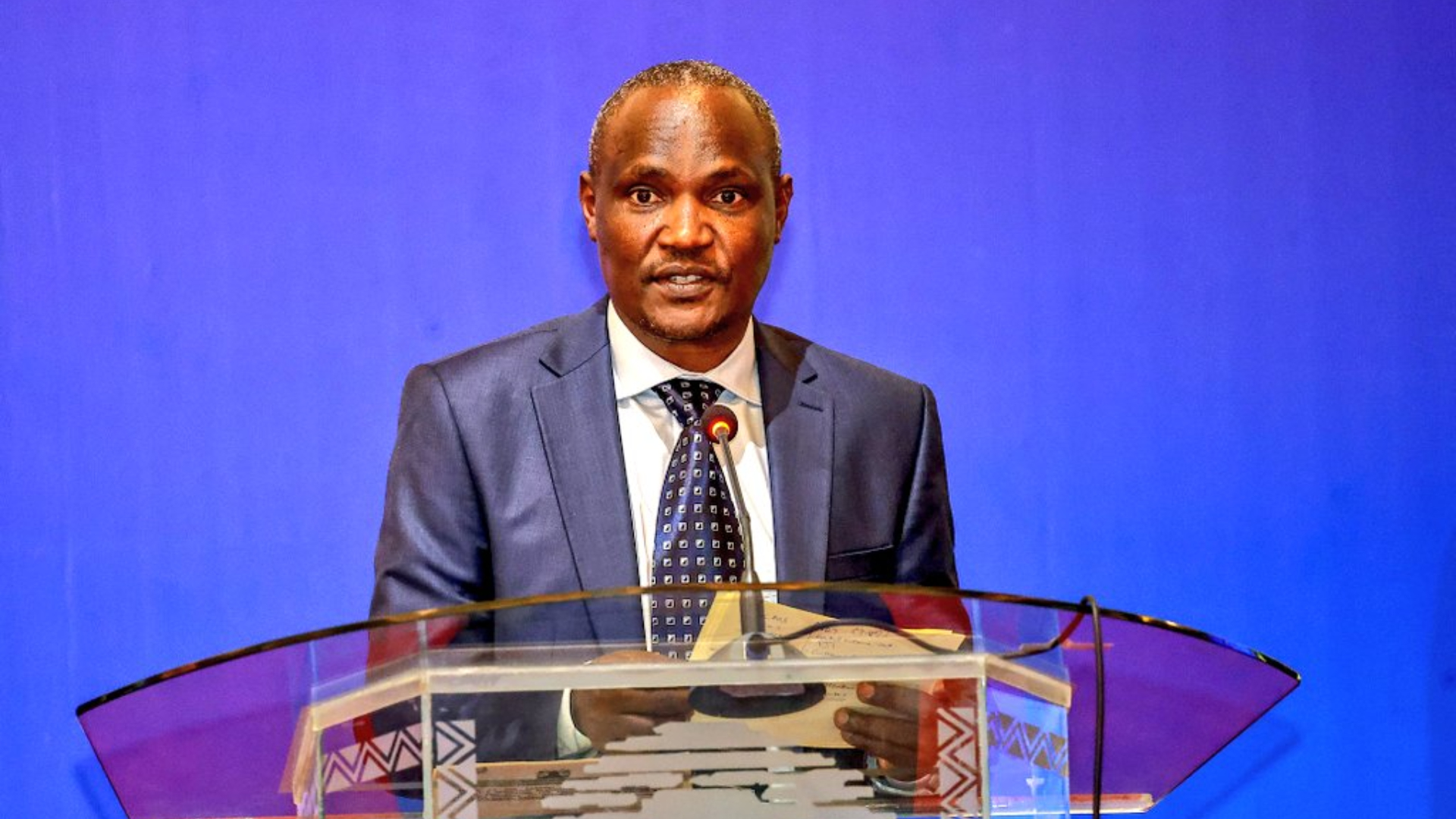Coronavirus raises stakes for healthy buildings

Architects have been urged to devise innovative solutions geared towards healthy and safe living spaces, despite the ravages of the Covid-19 pandemic.
Speaking last week during a two-day Architects Association of Kenya’s (AAK’s) Annual Convention, Ambrose Ofafa, chairperson of the AAK Landscape Architects’ Chapter pointed to key factors, among them hygiene related infrastructure as contributors to vulnerabilities of both rural and urban populations to the pandemic in the built environment.
“With the growing need for homecare, we need to ensure that we not only focus on affordable housing, but also healthier living with adequate lighting and ventilation, to outdoor quality,” he said.
Other contributors included poor health infrastructure, poor hygiene-related infrastructure, economic vulnerability, nutritional vulnerability and social vulnerability.
”Healthy buildings are buildings that have been designed on one hand to create unsuitable conditions for pathogens to thrive and on the other hand to create living conditions that promote human health,” observed Prof Alfred Omenya, the Principal Researcher and CEO at Eco-Build Africa.
Omenya said natural lighting is important, not just for Vitamin D, but also psychologically as it is linked to the feeling of wellness.
Environments with adequate natural lighting are associated with reduced stress, a feeling of well-being and reduction of migraines that result from artificial fluorescent lighting.
Natural ventilation is critical given the need for the brain to get adequate oxygen supply.
There is also the need to eliminate excess carbon dioxide that builds up in occupied interior spaces, mainly through breathing.
“This is a major issue when it comes to Covid-19. If you have buildings with no air changes, then you end up with higher vulnerabilities,” said Prof Omenya.
The convention themed Covid-19: The built environment in Africa amidst a global pandemic – lessons and the way forward was part of AAK’s yearly continuous professional development, bringing together professionals from the national, regional and international built and natural environment.
Covid-19 has particularly exacerbated the need for better-ventilated and well-lit living spaces, as many people have been forced to spend more time in their homes.
He said the call for healthy living spaces must be extended beyond the households to the wider living environment.
“We need to think of how our buildings can be healthier and safer for people,” he said, adding, “But we also need to think about how our urban areas can be healthier and safer for everybody.”
Communities should also be reined in during the planning and execution of housing projects to help foster a sense of ownership.
This helps in motivating them to take better care of their living environments and thereby promoting healthier living spaces.
“We found that people who had been involved in building of their houses were able to look after it better, clean it better and take care of it better,” Dr Susan Kibue, a senior lecturer in the Department of Architecture at Jomo Kenyatta University of Agriculture and Technology said.
“With that in mind, it means that the houses are more healthy. And when we talk of healthy homes, we’re talking about not only the precincts of the house, but also what’s happening on the outside.” she added.
Dr Kibue cited a recent study she conducted in which a comparative assessment was done between a settlement in Huruma estate in Nairobi built by the residents and a government-built highrise in Kibera.
The two neighbourhoods showed polar differences in attitudes of the homeowners to take care of their living spaces.
“From our study, we found that the ones who were from Huruma were very happy with their housing, took very good care of it and were proud of it.
Even in the design, they were able to provide all the tenets for healthy housing – proper ventilation, large windows, courtyards in-between the buildings so that the children can play safely, and they were able to keep those clean as well.
So that sense of pride in a house is very important in the sustainability agenda,” she noted.
“The major setback to provide affordable healthy homes, especially for the most vulnerable communities, is the lack of investment,” said Omar Degan, the Principal and Founder of DO Architecture and Design in Mogadishu, Somalia.
“Private sector almost never invests in this kind of project, and generally governments don’t have the funds to provide that sort of service”.
Developers are often plagued with low funds in their quest to developing quality, healthy homes, which could ultimately compromise quality, said Degan.
The key to resolving the issue is working with communities to develop the housing.














